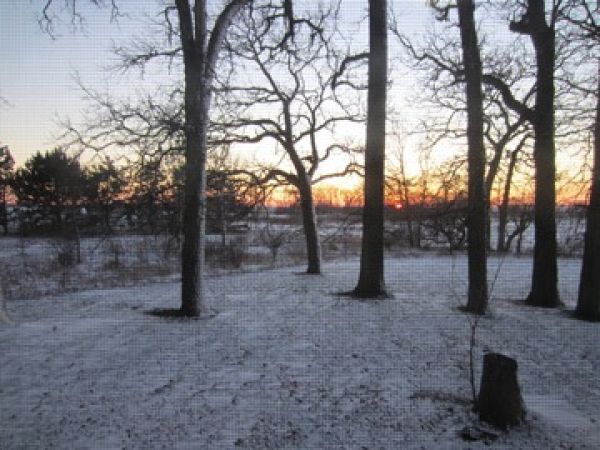
Roundabout the Rotary
 From an environmental perspective, I like highway rotaries (also called roundabouts). They allow traffic to keep moving, which cuts down on cars having to stop and start at a light or stop sign. That saves gas and results in less air pollution.
From an environmental perspective, I like highway rotaries (also called roundabouts). They allow traffic to keep moving, which cuts down on cars having to stop and start at a light or stop sign. That saves gas and results in less air pollution.
An additional environmental benefit is that less pavement is typically installed at a rotary when compared to a four-way-stop intersection. Part of the reason for that is what are called “stacking lanes.” These are areas where the roadway is wider approaching an intersection to allow for right and left turning traffic to “stack” up while waiting for a light to change to green. The extra roadway width reduces the time it takes for traffic to move through an intersection, as the folks going straight, the ones turning right and the left-turners are already separated when the light changes color.
When a rotary is installed, there is less need for “stacking” cars because the traffic moves continuously through the intersection, and whether a car is going straight, turning right or turning left, it will enter the rotary and follow it to the right until exiting onto the desired road. Less need for “stacking” cars translates into less need for pavement, and less pavement is a positive for the environment.
But, sometimes a rotary isn’t the best solution.
One of those cases is the proposed rotary at Harmony Road and Route 20 southeast of Marengo. The state’s plan to install a rotary at that intersection will require tearing down the historic Harmony School along with a grove of oak trees that were growing there before the school was built in 1931. Until its owner, Jack Feldkamp, was murdered in 2011, the school was home to his business, Harmony Real Estate.
 The historic building sits empty, and if the rotary project goes forward, the school will be gone – forever. And a bit of our Heritage – a part of what makes McHenry County unique in the region – will be gone too. Roads can be moved or redesigned to avoid structures or trees, but trees and buildings are generally immovable (except perhaps at great cost).
The historic building sits empty, and if the rotary project goes forward, the school will be gone – forever. And a bit of our Heritage – a part of what makes McHenry County unique in the region – will be gone too. Roads can be moved or redesigned to avoid structures or trees, but trees and buildings are generally immovable (except perhaps at great cost).
Ancient oaks and historic buildings connect the current generation to a time before we were here. A time when schools were dotted across the landscape so that every child in the county could walk to and from school each day. A time when a grove of oak trees growing near a school was valued because of the shade it provided on a hot day (before air conditioning).
I can’t help but wonder if there is still a lesson left in that old schoolhouse? And if today’s “students” will slow down long enough to listen to it?
(Thanks to Kurt Begalka at the McHenry County Historical Society for sharing the photos of the school and oaks.)